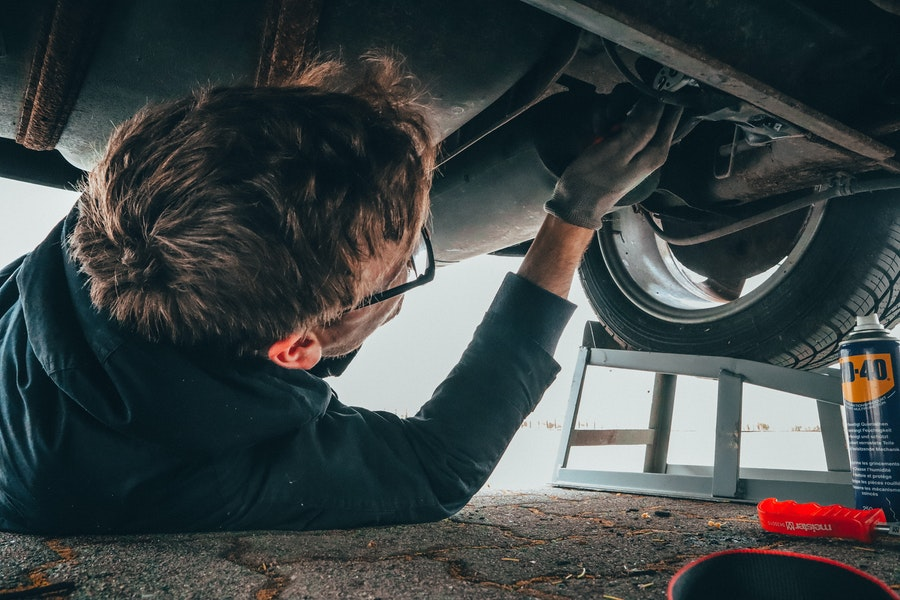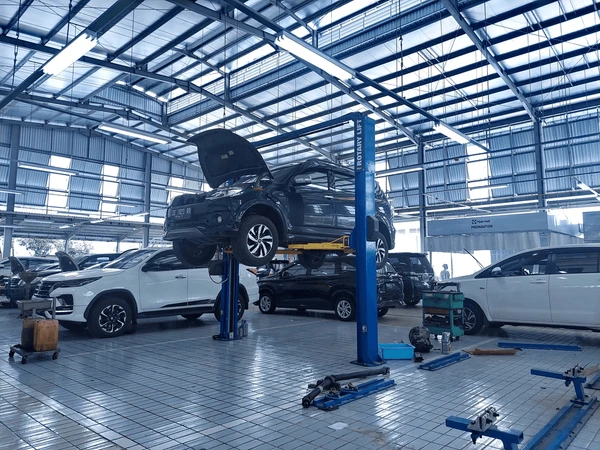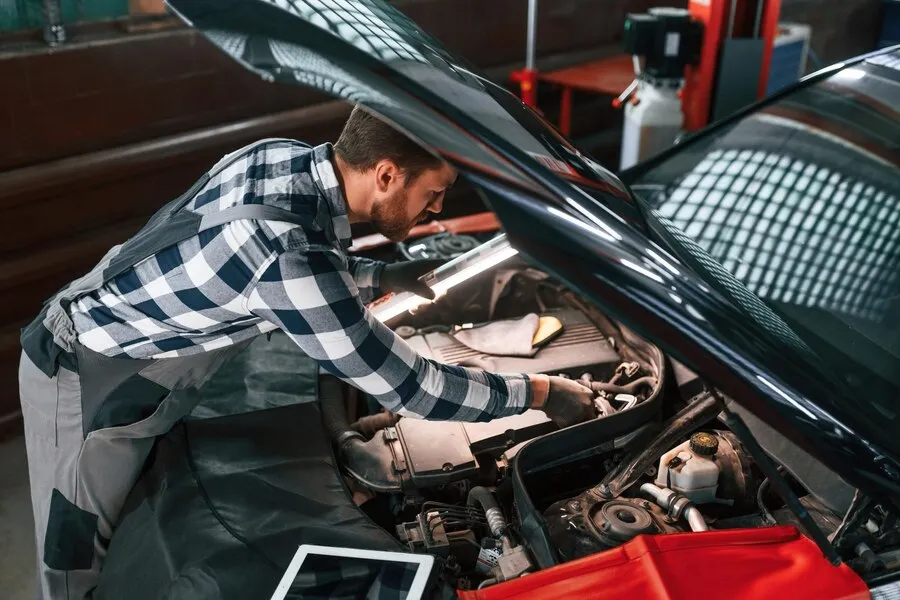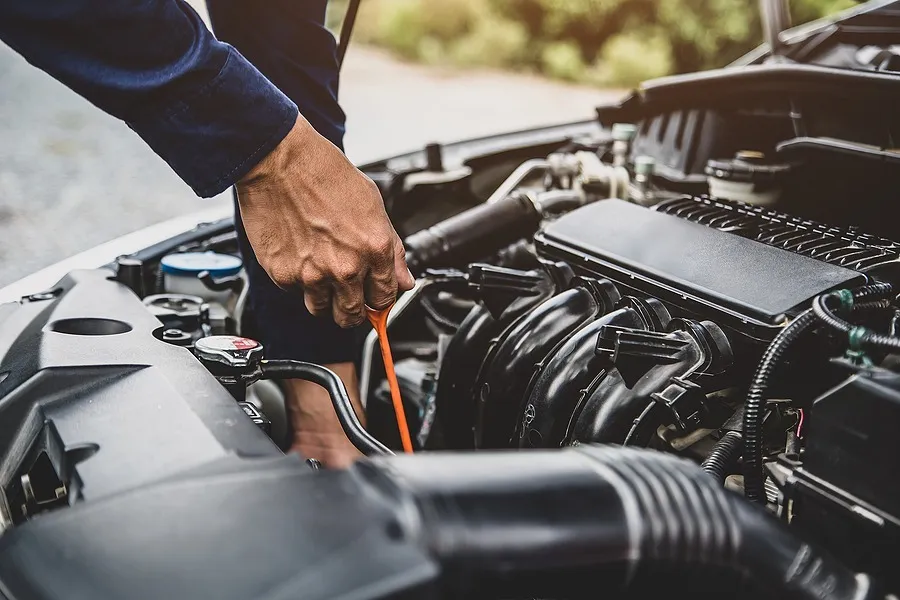DIY Car Maintenance: 10 Tasks Every Owner Should Know

Maintaining your vehicle doesn’t always require a trip to the mechanic. There are plenty of basic car maintenance tasks that every owner can learn to handle themselves, saving both time and money. Not only does DIY car maintenance help reduce repair costs, but it also gives you a better understanding of your vehicle’s needs, potentially preventing major issues down the road. Here are 10 essential car maintenance tasks every owner should know.

- Changing the Oil
One of the most crucial car maintenance tasks is changing the engine oil. Regular oil changes keep the engine running smoothly and prevent wear and tear on internal components. While most cars require an oil change every 3,000 to 5,000 miles, always check your owner’s manual for the recommended interval. You’ll need an oil filter, new oil, a wrench, and a drain pan.
Steps to Change the Oil:
- Lift the car safely using a jack.
- Locate the oil drain plug and drain the old oil into a pan.
- Remove and replace the oil filter.
- Refill the engine with fresh oil and check the levels with the dipstick.
- Replacing the Air Filter
The engine air filter prevents debris from entering the engine, and a clean air filter can improve fuel efficiency and engine performance. Replacing the air filter is a simple task that can be done in minutes and should typically be replaced every 12,000 to 15,000 miles.
How to Replace It:
- Open the hood and locate the air filter box.
- Remove the cover, take out the old filter, and insert a new one.
- Close the cover securely.
- Checking Tire Pressure
Maintaining proper tire pressure not only improves fuel efficiency but also enhances vehicle safety. Under-inflated or over-inflated tires can lead to poor handling and increased tire wear. Use a tire pressure gauge to regularly check that your tires are inflated to the recommended PSI, which can be found in the owner’s manual or on the driver’s door frame.
Steps:
- Remove the tire’s valve cap.
- Press the gauge onto the valve to get a reading.
- Adjust the pressure as needed using an air compressor.
- Rotating Tires
Rotating your tires ensures even wear and prolongs their lifespan. Most manufacturers recommend rotating tires every 6,000 to 8,000 miles. This task involves moving the front tires to the rear and vice versa, which helps balance tire wear and improve handling.
How to Rotate Tires:
- Use a jack to lift the car.
- Remove the tires and switch their positions as per the recommended rotation pattern.
- Reinstall the tires and tighten the lug nuts securely.
- Changing Windshield Wipers
Worn-out windshield wipers can impair your visibility, especially in rainy or snowy conditions. Replacing wiper blades is a simple process that ensures clear vision during inclement weather. It’s recommended to change them every 6 to 12 months.
How to Replace Wipers:
- Lift the wiper arms away from the windshield.
- Press the tab to release the old blade and slide it off.
- Slide the new blade into place until it clicks securely.
- Replacing Brake Pads
Worn brake pads can reduce braking efficiency, making it dangerous to drive. Replacing brake pads is a task that requires attention to detail, but it’s manageable with the right tools. Brake pads typically need replacing every 25,000 to 70,000 miles, depending on your driving habits.
How to Replace Brake Pads:
- Lift the car and remove the wheels.
- Remove the caliper and slide out the old brake pads.
- Insert the new pads and reassemble the brake system.
- Checking Fluid Levels
Your car relies on various fluids to function, including engine oil, brake fluid, transmission fluid, and coolant. Regularly checking and topping off these fluids can prevent breakdowns and costly repairs. Be sure to check fluid levels monthly and refill as needed.
Key Fluids to Check:
- Engine oil
- Brake fluid
- Transmission fluid
- Coolant
- Changing Spark Plugs
Spark plugs ignite the fuel in your engine, and over time, they can become worn and less effective. Replacing spark plugs can improve fuel efficiency and engine performance. Most spark plugs last between 20,000 and 30,000 miles, depending on your vehicle.
How to Replace Spark Plugs:
- Locate the spark plugs in the engine.
- Use a spark plug socket to remove the old plugs.
- Insert new spark plugs and tighten them carefully.
- Cleaning Battery Terminals
Corrosion on battery terminals can lead to poor electrical connections, making it harder for your car to start. Cleaning the terminals regularly ensures a reliable connection. You’ll need a wire brush, water, and baking soda.
Steps:
- Disconnect the battery cables.
- Mix baking soda and water to create a cleaning solution.
- Scrub the terminals with a wire brush and rinse with water.
- Reconnect the battery cables.
- Checking Belts and Hoses
Belts and hoses play a crucial role in your car’s engine performance, driving the alternator, water pump, and other vital components. Regularly inspect them for signs of wear, cracks, or fraying, and replace them if necessary.
Signs of Wear:
- Cracks or fraying on belts.
- Leaks or cracks on hoses.
- Loose connections.
Conclusion
Learning these essential DIY car maintenance tasks can save you money and keep your vehicle in top condition. By regularly performing these checks and replacements, you’ll ensure that your car runs smoothly and safely. While some tasks may require professional help, handling these basic maintenance routines can extend your car’s lifespan and reduce the need for costly repairs.




